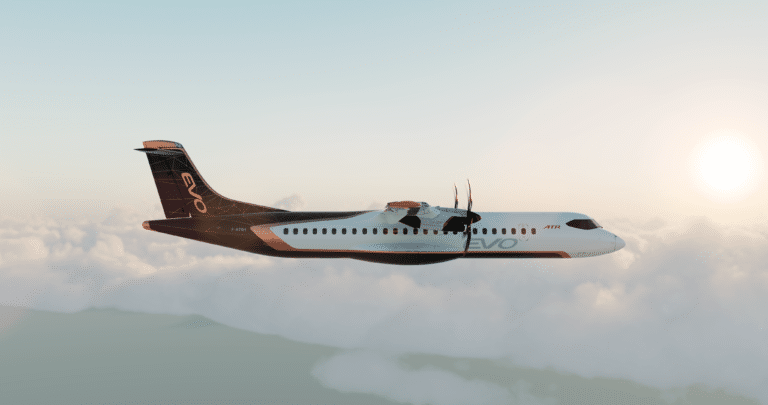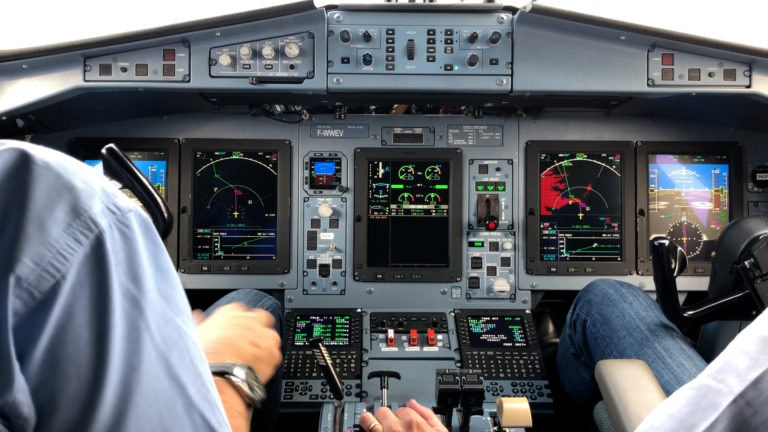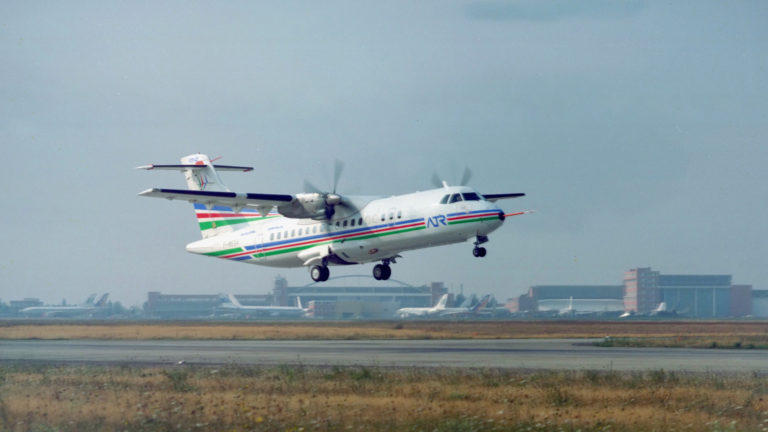Environmentally conscious to the core
From the beautiful islands of French Polynesia through the Himalayan foothills to the stunning lakes and mountains of New Zealand, ATR aircraft have built their reputation on serving some of the most remote locations on earth. But many of these destinations are also extremely fragile. That’s why, since its very origins, ATR has been constantly innovating to minimise its impact on local ecosystems as well as its global footprint.
Cover photo by Julius Silver
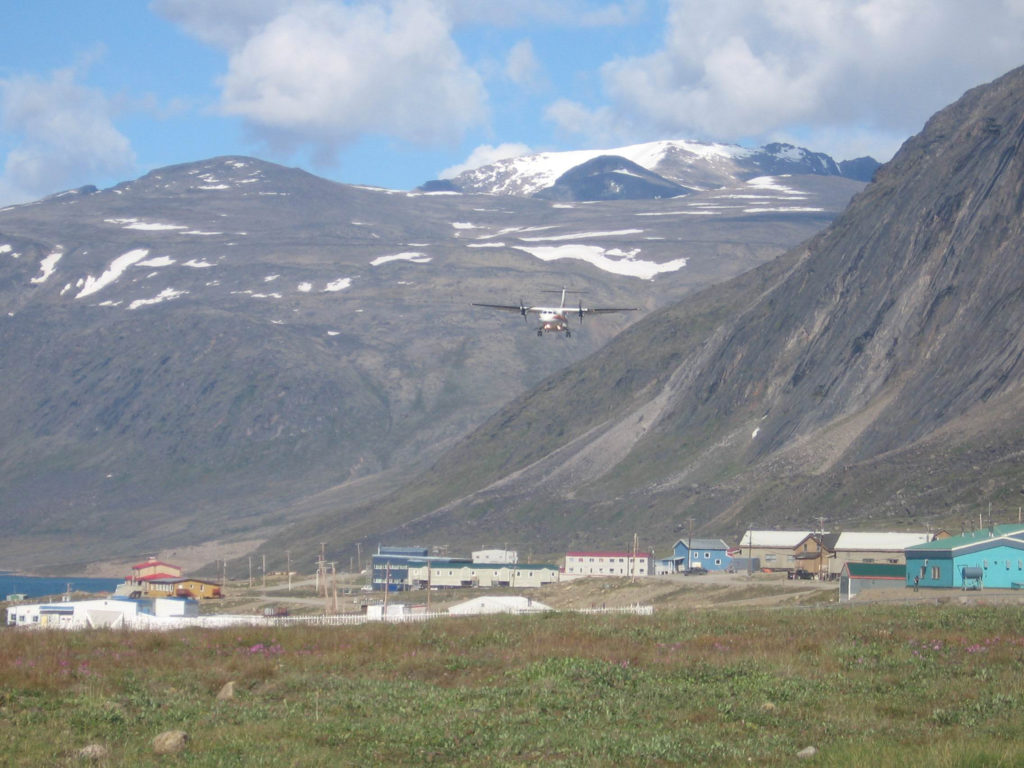
Born from grassroots demand

ATR aircraft were born in the early 1980s from the growing demand for regional air connectivity to small industrial and tourist centres. Many of these were in remote locations—mountain passes and idyllic islands—that until then had only been accessible via long and often treacherous car or boat journeys.
Closely linked to its future operators and attuned to their needs, ATR knew that any aircraft it developed must be as fuel efficient as possible. This was one of the reasons for deciding to produce turboprops, which consume much less than jets.
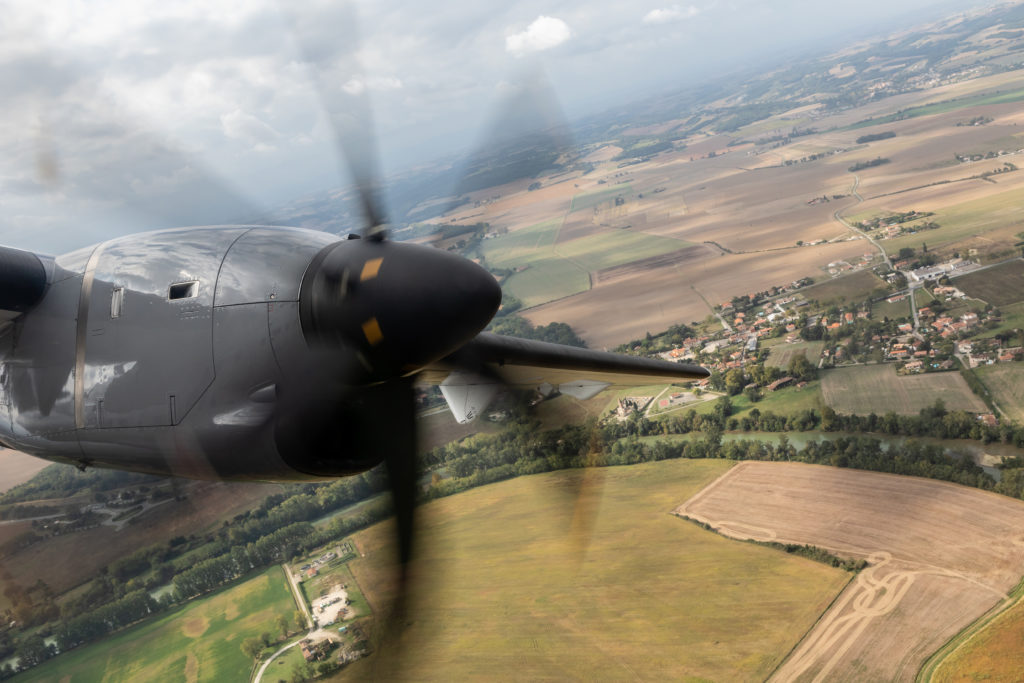
Less fuel, less CO2…

After 40 years of ongoing developments, and thanks mainly to their turbine engines and massive use of lightweight composites, modern ATR aircraft burn 40% less fuel (2.8L/100km per seat) and emit 40% less CO2 than an equivalent-sized regional jet. That’s 4,000 tonnes less CO2 per aircraft per year!
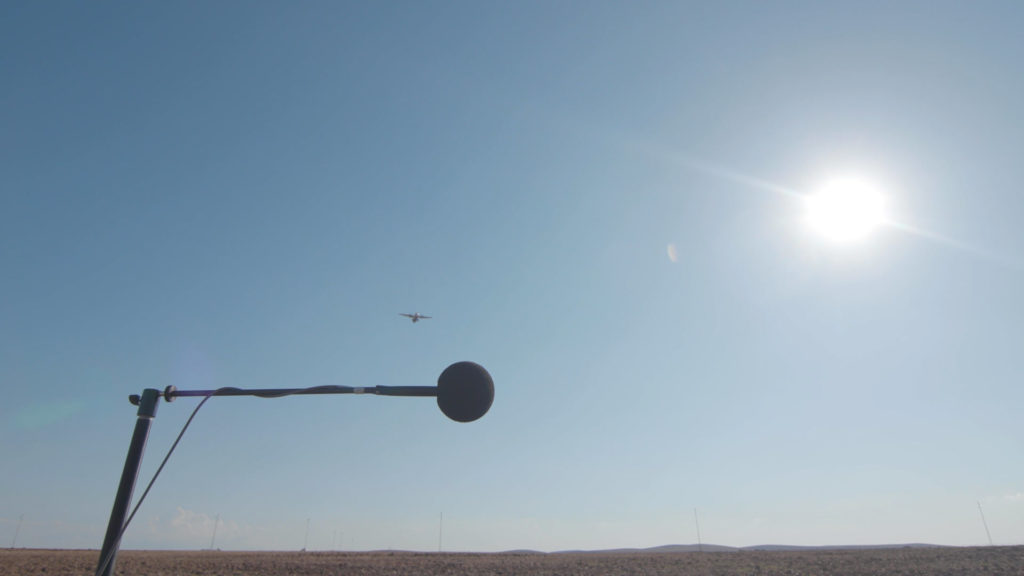
...less noise…

Acutely aware of the impact of noise pollution on local populations and wildlife, ATR also strives to produce the quietest aircraft possible. The external noise of the ATR 72-600 is 14.1dB lower than a regional jet and 8.8dB below the ICAO Chapter 14 limit, making an ATR aircraft’s noise footprint one third that of a regional jet.
Ongoing improvements to ATR aircraft’s noise levels are thanks to numerous design modifications, notably the switch from four- to six-blade propellers, the synchronization of propeller rotation, the installation of Dynamic Vibration Absorbers on the fuselage, plus ‘skin damping’—the use of strips of viscoelastic material on the skin of the fuselage to reduce noise propagation.
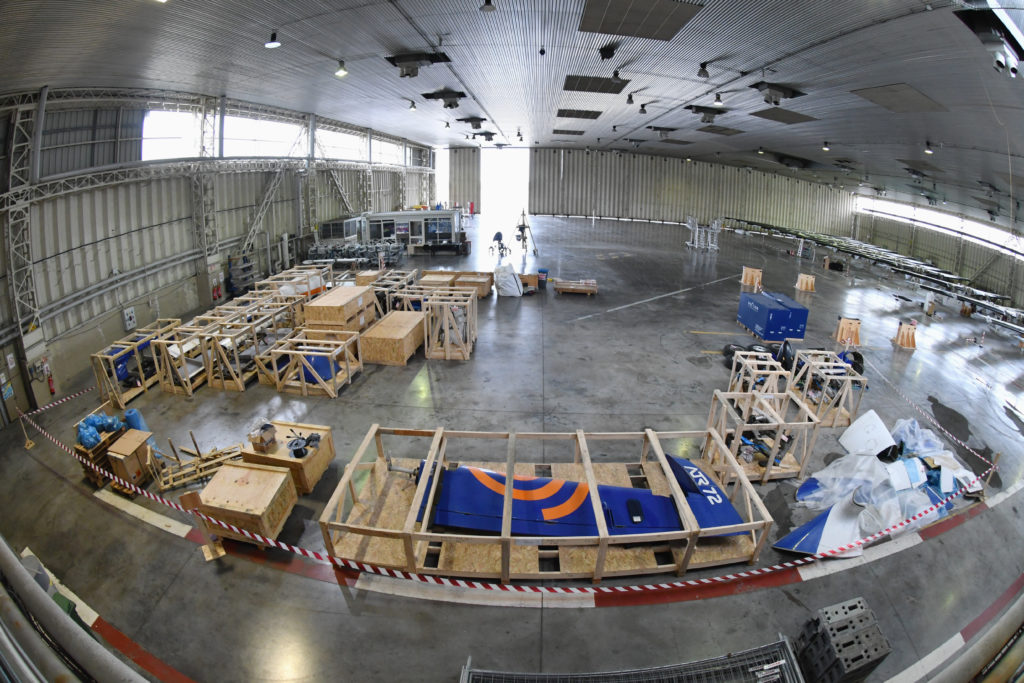
…and less waste!

What’s more, ATR’s commitment to recycling and end-of-life solutions has led it to work with local partners to dismantle and recycle 85% of its aircraft parts, including the engines, seats, equipment and landing gears. As for the remaining 15%, ATR is looking for ways to make them recyclable in the near future.
No wonder then that ATR aircraft were the first to become eligible for green financing, in 2019!
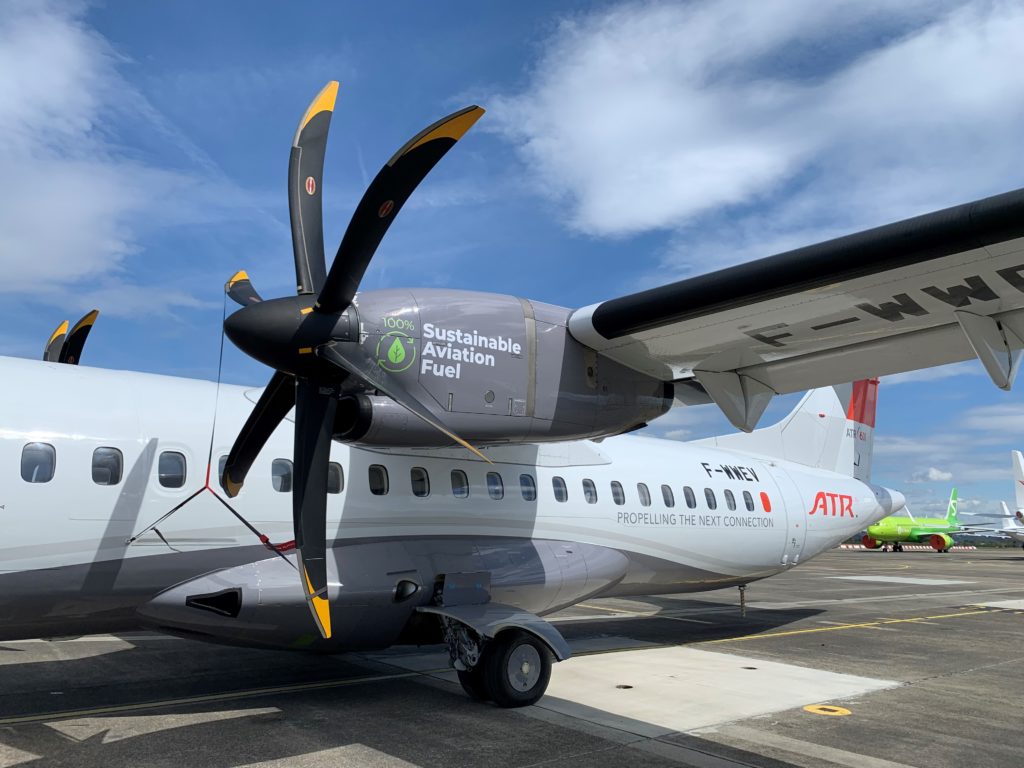
Driving the future of sustainable aviation

But the journey doesn’t stop there of course, and ATR continues to act as a driving force towards more sustainable air travel, as a proactive member of the Air Transport Action Group (ATAG) and an active participant at the Global Sustainable Aviation Forum. It also heads up PARIDES, a pioneering project to drive research and innovation into the potential of electric, hybrid and hydrogen technologies for the regional aircraft of the future.
And in the meantime, ATR is working on a range of alternative solutions, not least the development and use of Sustainable Aviation Fuel or SAF: a cleaner substitute for fossil fuels produced from sustainable resources such as recycled cooking oil. All ATR aircraft can already fly with 50% SAF and the company is working towards 100% SAF certification by 2025.
For more information about ATR’s progress on SAF, stay tuned!






